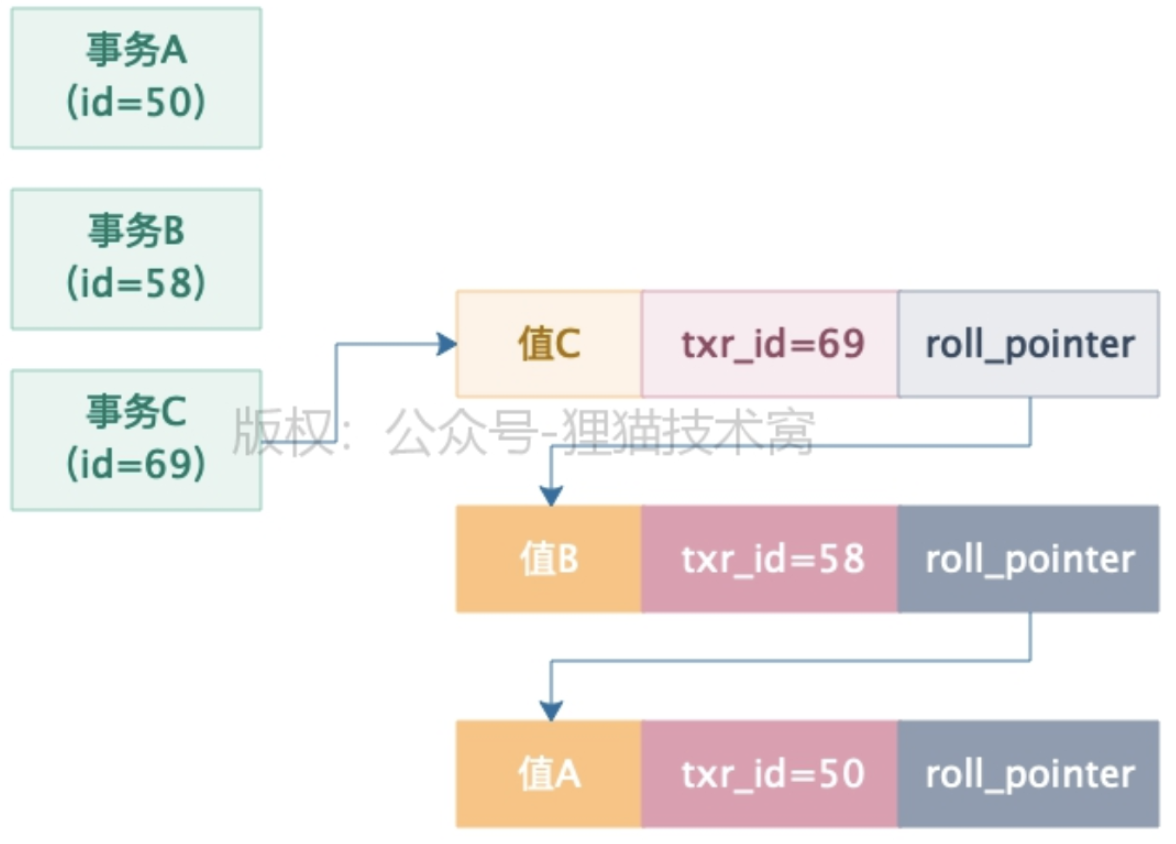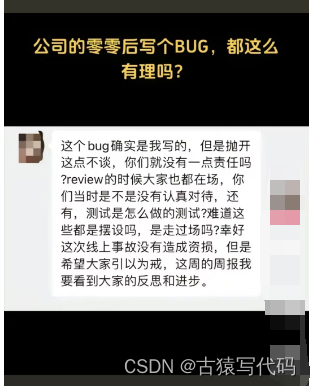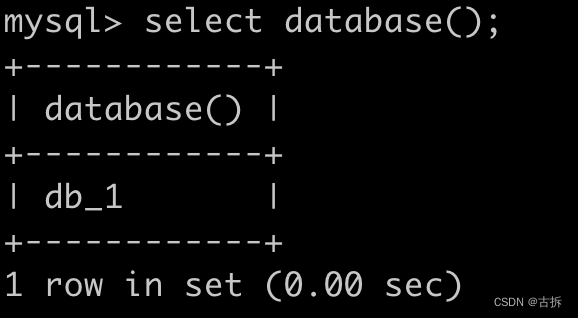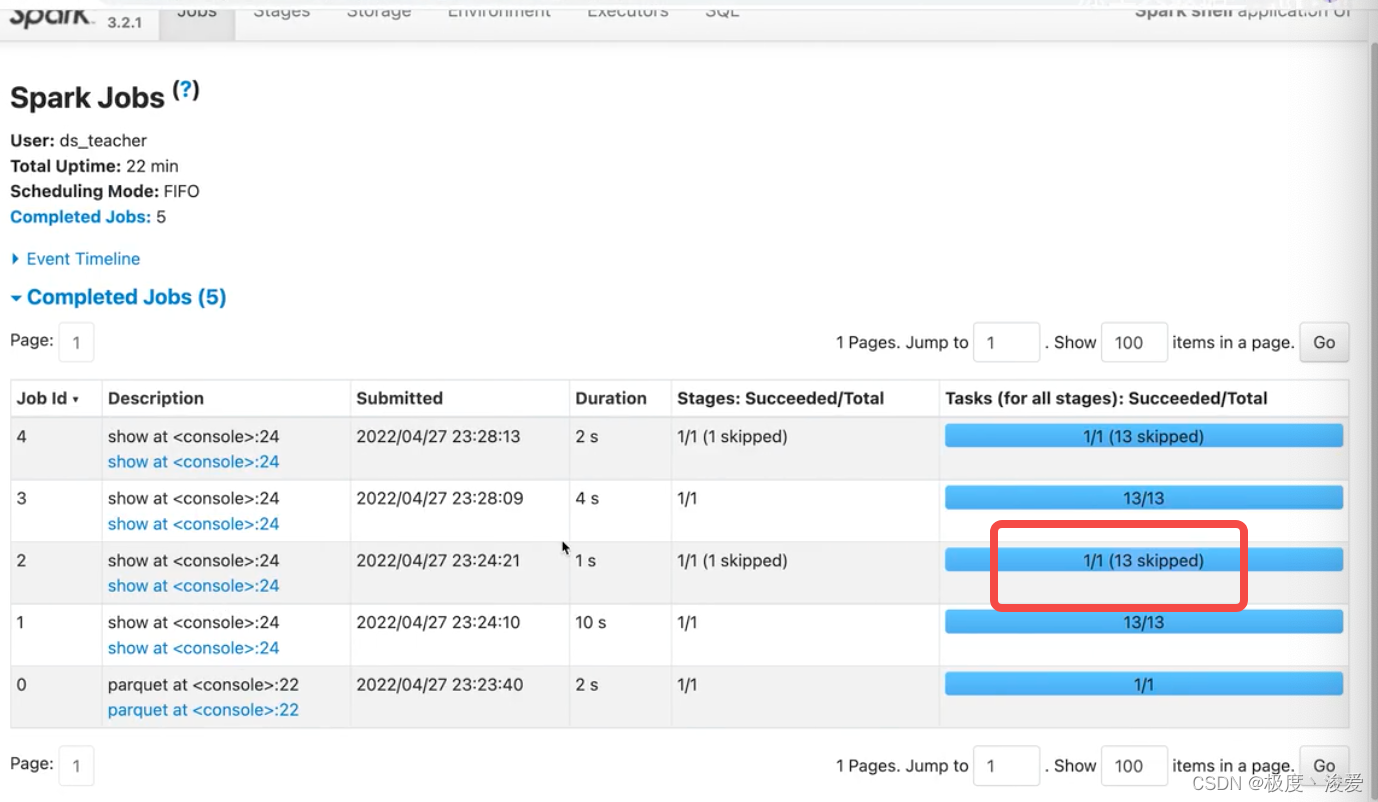

🎉个人名片:
🐼作者简介:一名乐于分享在学习道路上收获的大二在校生
🙈个人主页🎉:GOTXX
🐼个人WeChat:ILXOXVJE
🐼本文由GOTXX原创,首发CSDN🎉🎉🎉
🐵系列专栏:零基础学习C语言----- 数据结构的学习之路----C++的学习之路
🐓每日一句:如果没有特别幸运,那就请特别努力!🎉🎉🎉
————————————————
🎉文章简介:
🎉本篇文章将 介绍如何使用C++编写代码来实现一个类似于STL中的List容器 相关知识进行分享!
💕如果您觉得文章不错,期待你的一键三连哦,你的鼓励是我创作动力的源泉,让我们一起加 油,一起奔跑,让我们顶峰相见!!!🎉🎉🎉
——————————————————
一.前言
这篇文章将介绍如何使用C++编写代码来实现一个类似于STL中的List容器。 list是一个可以在常数范围内在任意位置进行插入和删除的序列式容器。在这篇文章中,你将学习并实现List的常见功能,如添加元素、删除元素等。通过实现自己的List容器,你将更好地熟悉List的使用及相关特性,并提升对C++语言的理解和掌握。
————————————————
二.List的介绍
List文档介绍链接: link
1. list是一个可以在常数范围内在任意位置进行插入和删除的序列式容器,并且该容器可以前后双向迭代;
2. list的底层是双向链表结构,双向链表中每个元素存储在互不相关的独立节点中,在节点中通过指针指向其前一个元素和后一个元素;
3. list与forward_list非常相似:最主要的不同在于forward_list是单链表,只能朝前迭代,已让其更简单高效;
4. 与其他的序列式容器相比(array,vector,deque),list通常在任意位置进行插入、移除元素的执行效率更好(不需要挪动数据);
5. 与其他序列式容器相比,list和forward_list最大的缺陷是不支持任意位置的随机访问,比如:要访问list的第6个元素,必须从已知的位置(比如头部或者尾部)迭代到该位置,在这段位置上迭代需要线性的时间开销;list还需要一些额外的空间,以保存每个节点的相关联信息(对于存储类型较小元素的大list来说这可能是一个重要的因素);
三.List的结构及模拟实现
一.底层结构
List底层是一个带头双向循环链表
如图:

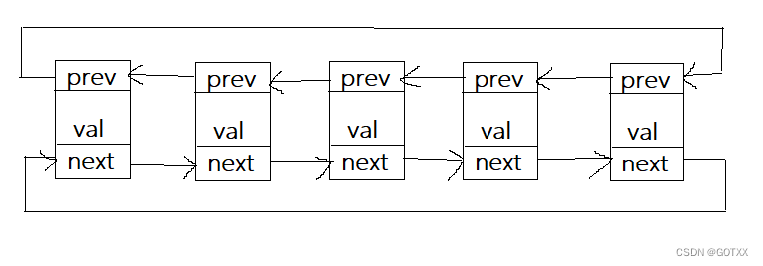
库里面的begin() 与end() 返回的节点位置:
begin()返回的是头节点的下一个节点;
而end()返回的是头节点;
二.List的模拟实现
重点::迭代器的实现
1. 构造函数
template<class T>
struct ListNode
{ListNode<T>(const T& x=T()) :_next(nullptr),_prev(nullptr),_val(x){}ListNode<T>* _next;ListNode<T>* _prev;T _val;
};
库里面的List类的构造函数是另写一个函数,因为这个函数拷贝构造会使用,然后复用它,所以我们也这样实现;
template<class T>
class List
{
public:void empty_List(){_phead = new node;_phead->_next = _phead;_phead->_prev = _phead;}List(){empty_List();}
}
2. 拷贝构造函数
List(const List<T>& lt)
{empty_List(); //初始化for (const auto& e : lt) {push_back(e); //将lt里面的数据依次尾插}
}
3. 插入函数
思路:记录前一个和后一个节点,然后连接
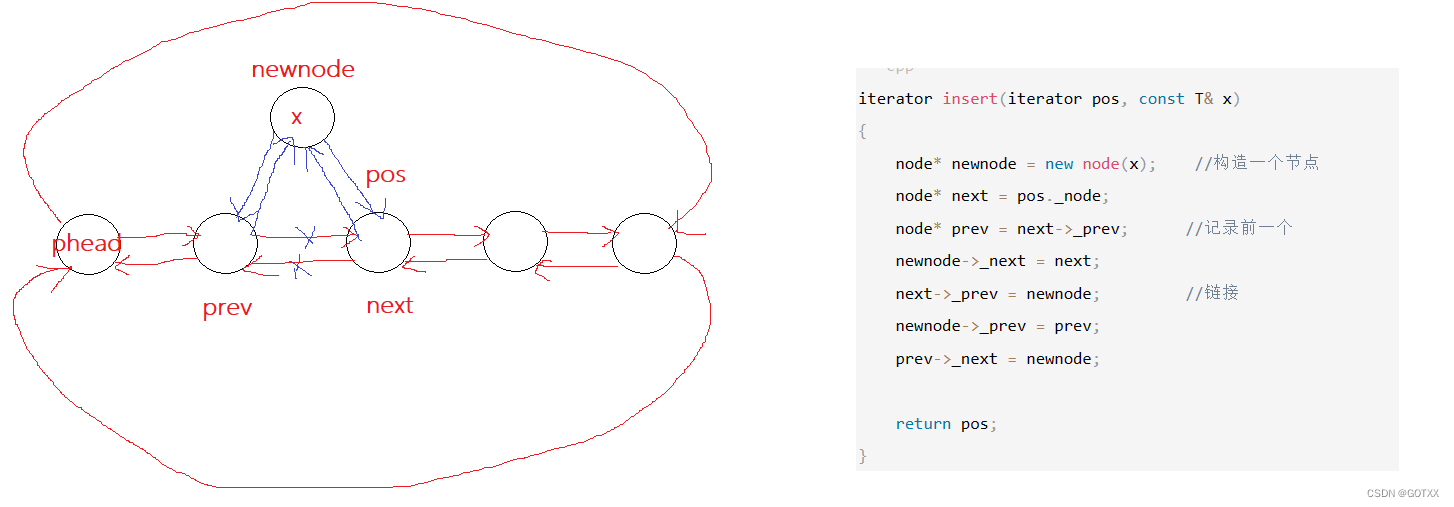
iterator insert(iterator pos, const T& x)
{node* newnode = new node(x); //构造一个节点node* next = pos._node; node* prev = next->_prev; //记录前一个newnode->_next = next; next->_prev = newnode; //链接newnode->_prev = prev;prev->_next = newnode;return pos;
}
4. 尾插函数
复用insert函数
void push_back(const T& x)
{
/* node* newnode = new node(x);node* tail = _phead->_prev;tail->_next = newnode;newnode->_prev = tail; //不复用的写法newnode->_next = _phead;_phead->_prev = newnode;*/insert(end(), x);
}
5. 头插函数
复用insert函数
void push_front(const T& x){insert(begin(),x);}
6. 删除函数
iterator erase(iterator pos)
{assert(pos!=end());node* prev = pos._node->_prev; //保存前一个节点node* next = pos._node->_next; //保存后一个节点prev->_next = next; //连接next->_prev = prev;delete pos._node; //释放掉该节点return next; //返回删除元素的下一个节点
}
7. 尾删函数
复用删除函数
void pop_back(){//erase(end()._node->_prev);erase(--end()); //头节点的前指针指向的是最后一个节点}8. 头删函数
复用删除函数
void pop_front(){erase(begin()); }
9. 迭代器的实现
因为链表的底层物理空间不是连续的,所以不能使用原生指针类实现。因为原生指针++,可以找到下一个数据,但是链表的节点与节点之间不是连续的,指针++,不能找到下一个节点,所以我们需要操作符重载,改变 ++, != ,* 等操作符的行为;又因为节点指针是内置类型,不能进行操作符重载,所以我们只能将它进行封装,封装在一个类里面,进行重载;
template<class T>
struct __List_iterator
{typedef ListNode<T> node;typedef __List_iterator<T> self;__List_iterator(node* node) //构造函数:_node(node){}self& operator++() //运算符的重载{_node = _node->_next; //前置++,返回++后的值return *this;}self& operator++(int){self tmp(_node); //保存++前的值_node = _node->_next;return tmp; //返回++前的值}self& operator--(){_node = _node->_prev;return *this;}self& operator--(int){self tmp(_node);_node = _node->_prev;return tmp;}T& operator*(){return _node->_val;}bool operator!=(const self& s){return s._node!= this->_node;}bool operator==(const self& s){return s._node == this->_node;}node* _node;
};
10. 赋值运算符重载
传统写法:
void clear(){iterator lt = begin();while (lt != end()){lt = erase(lt);}}
//lt1=lt2
List<T>& operator=(const List<T>& lt)
{clear(); //清空函数,将链表中的有效数据删除掉,保留头节点for (const auto& e : lt){push_back(e); //依次尾插}return *this;
}
现代写法:
void swap(List<T>& lt)
{std::swap(_phead, lt->_phead);
}
//lt1=lt2
List<T>& operator=(List<T> lt) //lt是lt2的拷贝构造
{swap(lt); //交换lt与lt1return *this; //返回
}
补充知识:
typedef 放在类里面与外面的区别:
如果是放在公有里面,则类外面也可以使用,但是要指定类域;
如果是私有的话,则类外面不能使用;
三.总代码:
#pragma once
#include<iostream>
#include<assert.h>
using namespace std;namespace L
{template<class T>struct ListNode{ListNode<T>(const T& x=T()):_next(nullptr),_prev(nullptr),_val(x){}ListNode<T>* _next;ListNode<T>* _prev;T _val;};template<class T>struct __List_iterator{typedef ListNode<T> node;typedef __List_iterator<T> self;__List_iterator(node* node):_node(node){}self& operator++(){_node = _node->_next;return *this;}self& operator++(int){self tmp(_node);_node = _node->_next;return tmp;}self& operator--(){_node = _node->_prev;return *this;}self& operator--(int){self tmp(_node);_node = _node->_prev;return tmp;}T& operator*(){return _node->_val;}bool operator!=(const self& s){return s._node!= this->_node;}bool operator==(const self& s){return s._node == this->_node;}node* _node;};template<class T>class List{public:typedef ListNode<T> node;typedef __List_iterator<T> iterator;iterator begin(){return iterator(_phead->_next);}iterator end(){return iterator(_phead);}void empty_List(){_phead = new node;_phead->_next = _phead;_phead->_prev = _phead;}List(){empty_List();}List(const List<T>& lt){empty_List();for (const auto& e : lt) //引用更好,如果T类型是自定义类型的话{push_back(e);}}//lt1=lt2List<T>& operator=(const List<T>& lt){clear();for (const auto& e : lt){push_back(e);}return *this;}void swap(List<T>& lt){std::swap(_phead, lt->_phead);}//lt1=lt2List<T>& operator=(List<T> lt){swap(lt);return *this;}void clear(){iterator lt = begin();while (lt != end()){lt = erase(lt);}}~List(){clear();delete _phead;_phead = nullptr;}void push_back(const T& x){/* node* newnode = new node(x);node* tail = _phead->_prev;tail->_next = newnode;newnode->_prev = tail;newnode->_next = _phead;_phead->_prev = newnode;*/insert(end(), x);}void push_front(const T& x){insert(begin(),x);}iterator insert(iterator pos, const T& x){node* newnode = new node(x);node* next = pos._node;node* prev = next->_prev;newnode->_next = next;next->_prev = newnode;newnode->_prev = prev;prev->_next = newnode;return pos;}iterator erase(iterator pos){assert(pos!=end());node* prev = pos._node->_prev;node* next = pos._node->_next;prev->_next = next;next->_prev = prev;delete pos._node;return next;}void pop_back(){//erase(end()._node->_prev);erase(--end());}void pop_front(){erase(begin());}private:node* _phead;};

0


